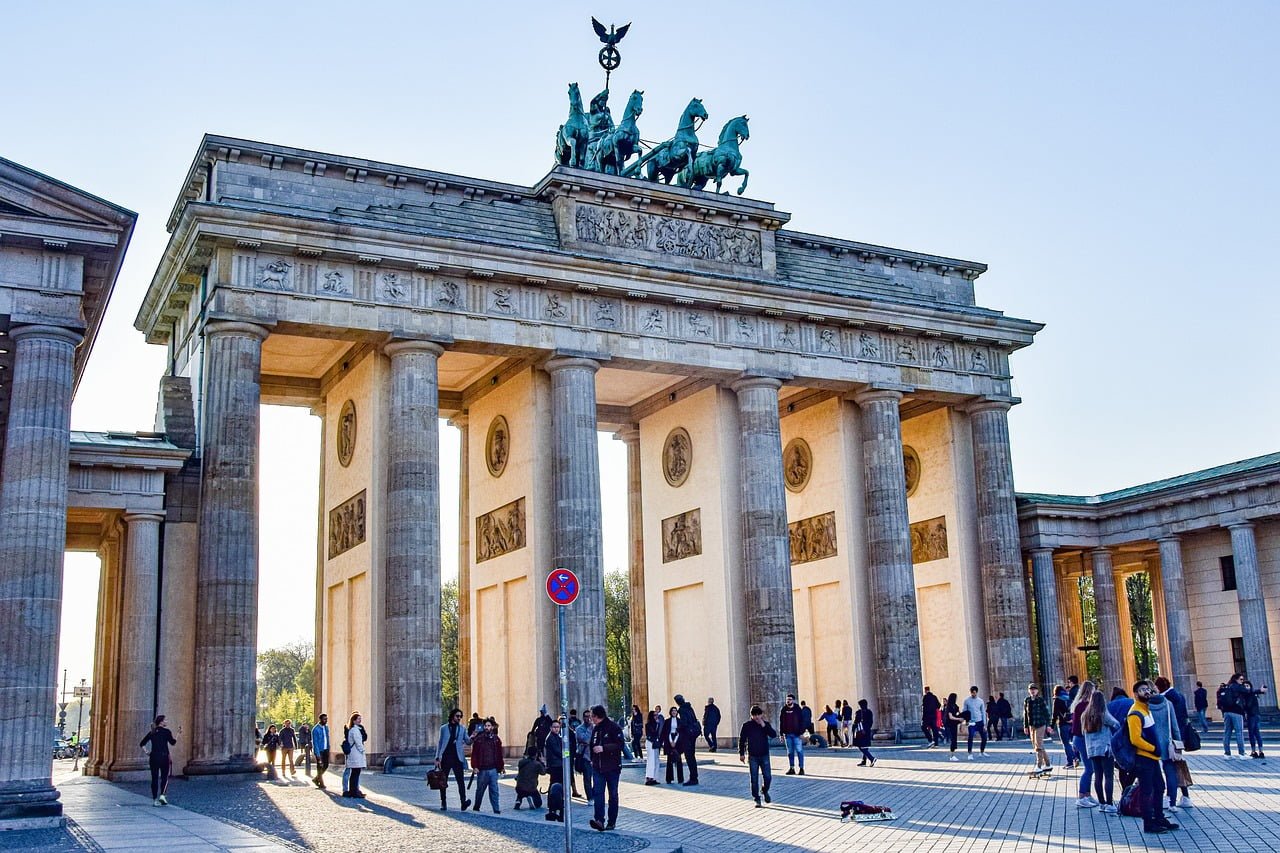
In the competitive landscape of business, brand equity holds immense significance. It represents the intangible value and strength of a brand in the minds of consumers. In this article, we will delve into the concept of brand equity, its components, and strategies to build and enhance brand equity for long-term success.
Table of Contents
- Introduction: Understanding Brand Equity
- Brand Awareness and Recognition
- Perceived Quality and Customer Perception
- Brand Associations and Emotional Connection
- Brand Loyalty and Advocacy
- Building Brand Equity through Marketing and Communication
- Consistency and Coherence in Branding
- Product and Service Innovation
- Customer Experience and Satisfaction
- Expanding Brand Reach and Market Presence
- Protecting and Managing Brand Reputation
- Measuring and Assessing Brand Equity
- Conclusion
1. Introduction: Understanding Brand Equity
Brand equity refers to the value and influence a brand holds in the marketplace. It encompasses the reputation, perception, and recognition of a brand among consumers. A strong brand equity provides numerous benefits, such as customer loyalty, competitive advantage, and increased market share.
2. Brand Awareness and Recognition
Brand awareness is a fundamental component of brand equity. It represents the level of familiarity and recognition consumers have with a brand. Increasing brand awareness through strategic marketing initiatives, advertising campaigns, and consistent brand messaging helps build brand equity by ensuring the brand is top-of-mind among consumers.
3. Perceived Quality and Customer Perception
Perceived quality plays a vital role in shaping brand equity. Customers associate a brand with a certain level of quality based on their experiences and perceptions. Consistently delivering high-quality products or services fosters positive customer perception, leading to increased brand equity.
4. Brand Associations and Emotional Connection
Brand associations refer to the attributes, values, and characteristics that consumers connect with a brand. Building strong, positive brand associations helps enhance brand equity. By establishing an emotional connection with consumers through storytelling, brand values, and meaningful experiences, brands can create a lasting impact and strengthen their equity.
5. Brand Loyalty and Advocacy
Brand loyalty is a key driver of brand equity. Loyal customers not only continue to choose a brand over its competitors but also become brand advocates, promoting the brand to others. Building brand loyalty requires consistently meeting or exceeding customer expectations, providing exceptional experiences, and fostering a sense of community and belonging.
6. Building Brand Equity through Marketing and Communication
Effective marketing and communication strategies play a significant role in building brand equity. Consistent messaging, targeted campaigns, and engaging content help create a strong brand identity and build a positive brand image. Leveraging various marketing channels and platforms helps reach and connect with the target audience, further enhancing brand equity.
7. Consistency and Coherence in Branding
Consistency and coherence in branding are crucial for building brand equity. Maintaining a unified brand identity across all touchpoints, including visual elements, tone of voice, and customer interactions, creates a cohesive brand experience. Consistency builds trust and reinforces the brand’s image in the minds of consumers.
8. Product and Service Innovation
Continual product and service innovation contribute to brand equity. By staying ahead of market trends, anticipating customer needs, and offering innovative solutions, brands can differentiate themselves and enhance their perceived value. Innovation demonstrates the brand’s commitment to growth and improvement, strengthening its equity.
9. Customer Experience and Satisfaction
Delivering exceptional customer experiences is paramount for building brand equity. By focusing on customer satisfaction, brands can create positive brand associations, foster loyalty, and generate positive word-of-mouth. Paying attention to every stage of the customer journey and exceeding expectations helps elevate the brand’s equity.
10. Expanding Brand Reach and Market Presence
Expanding brand reach and market presence contributes to brand equity. This can be achieved through strategic expansion into new markets, collaborations with influencers or other brands, and targeted advertising in relevant channels. By increasing brand visibility and accessibility, brands can widen their consumer base and enhance their equity.
11. Protecting and Managing Brand Reputation
Brand reputation plays a critical role in brand equity. Brands must proactively protect and manage their reputation by promptly addressing customer concerns, delivering on promises, and maintaining ethical practices. A positive brand reputation fosters trust, enhances brand equity, and mitigates potential damage to the brand’s image.
12. Measuring and Assessing Brand Equity
Measuring and assessing brand equity is essential to understand the effectiveness of branding efforts. Key performance indicators (KPIs) such as brand recognition, customer loyalty, market share, and brand valuation provide insights into the brand’s equity. Regular monitoring and analysis of these metrics help identify areas for improvement and guide strategic decisions.
13. Conclusion
Building and nurturing brand equity is a continuous process that requires strategic planning, consistent efforts, and a deep understanding of the target audience. By focusing on brand awareness, perceived quality, emotional connection, loyalty, and effective marketing strategies, brands can establish strong brand equity that drives long-term value, differentiation, and success in the marketplace.
FAQs (Frequently Asked Questions)
1. How long does it take to build brand equity?
Building brand equity is a long-term endeavour that requires consistent efforts over time. It varies depending on factors such as market competition, brand positioning, customer perception, and marketing strategies. Building a strong brand equity can take several years, but the benefits are worth the investment.
2. Can brand equity be rebuilt after a negative event or reputation damage?
Yes, brand equity can be rebuilt after a negative event or reputation damage. However, it requires a comprehensive strategy that includes addressing the issue, rebuilding trust through transparent communication, delivering exceptional experiences, and consistently demonstrating positive brand attributes. Rebuilding brand equity may take time and effort, but it is possible with the right approach.
3. How can small businesses build brand equity on a limited budget?
Small businesses can build brand equity on a limited budget by focusing on targeted marketing efforts, leveraging social media and online platforms, fostering customer relationships, and delivering exceptional customer experiences. Engaging with the local community, partnering with influencers, and creating unique brand stories can also help small businesses build brand equity effectively.
4. What role does brand equity play in customer decision-making?
Brand equity influences customer decision-making by establishing trust, familiarity, and perceived value. Customers are more likely to choose brands with a strong equity as they perceive them to be reliable, reputable, and capable of meeting their needs. Brand equity can sway purchase decisions and foster customer loyalty.
5. How can brand equity contribute to business growth?
Brand equity contributes to business growth by driving customer loyalty, attracting new customers through positive word-of-mouth, commanding premium pricing, and expanding market share. A strong brand equity creates a competitive advantage and helps businesses differentiate themselves in the marketplace, leading to sustained growth and success.
Articles
-
 Brand Manager - The Importance of the Role and Why So Many Companies Are Not Getting It Right
Brand Manager - The Importance of the Role and Why So Many Companies Are Not Getting It Right -
 Branding: Building a Lasting Impression
Branding: Building a Lasting Impression -
 Brand Equity: Building Long-Term Value
Brand Equity: Building Long-Term Value -
 Brand Management: Nurturing and Sustaining Brand Success
Brand Management: Nurturing and Sustaining Brand Success -
 Digital Marketing Strategy: Driving Success in the Digital Age
Digital Marketing Strategy: Driving Success in the Digital Age -
 Email Marketing: Driving Engagement and Conversions
Email Marketing: Driving Engagement and Conversions -
 SEO in Digital Marketing: Unlocking Organic Growth and Visibility
SEO in Digital Marketing: Unlocking Organic Growth and Visibility -
 Personal Branding: Unleashing the Power Within
Personal Branding: Unleashing the Power Within -
 Brand Strategy: Building a Strong Foundation for Success
Brand Strategy: Building a Strong Foundation for Success -
 Brand Positioning: Creating a Strong Market Presence
Brand Positioning: Creating a Strong Market Presence
Services Offered:
1. Comprehensive Brand Strategy
2. SEO, SEM & Content Strategy
3. Email Marketing
Meet Him:
I am the founder of a digital artisanal brand called The Connoisseur. Our brand aims to seamlessly connect individuals through technology and design, facilitating the exchange of exquisite art and art-inspired objects. Through our platform, we not only support the creative community but also educate our audience through engaging editorial content on topics spanning decor, fashion, art, and lifestyle.
With a master’s degree in Engineering with Management from King’s College London, and extensive experience in the startup ecosystem locally and globally, I bring a wealth of knowledge to the table. Whether you require guidance in brand strategy, Ecommerce, Luxury, Digital Marketing, or User Experience design (UX), I am here to offer valuable insights. Don’t hesitate to schedule a consultation today and let’s discuss how I can assist you.

Entrepreneur & Brand Consultant
If you found the article informative then please do share it with your network
Contact form
SM
Navigation
Get in touch
New Delhi
Email: contact@sabyasachi.world











